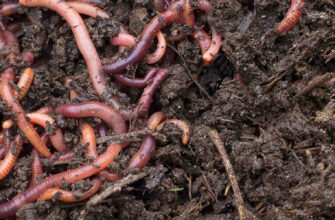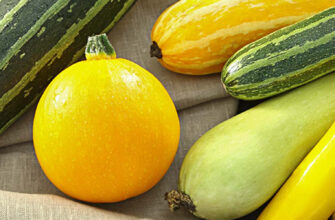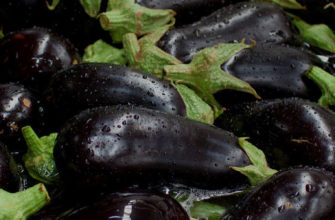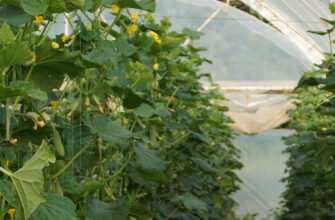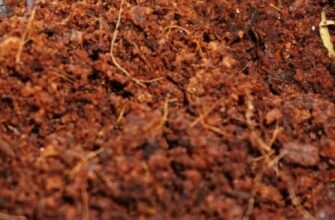Temperature plays a crucial role in every stage of plant development—from seed germination to fruit production. In this article, we’ll explore why maintaining the right temperature is key to successful vegetable cultivation and provide a chart with optimal temperatures for seed germination and growth across different crops.
Why Temperature Matters for Vegetable Growth
Temperature is one of the most important factors determining the success of vegetable cultivation. It affects nearly every aspect of plant growth:
- Seed germination: If the temperature is too low or too high, seeds may fail to germinate or sprout very late.
- Photosynthesis: Proper temperatures allow plants to efficiently produce the energy they need to grow.
- Root development: Temperature influences both the speed and quality of root growth.
- Fruit formation: Each crop has specific temperature requirements for fruit setting, which directly affects yields.
Failing to maintain optimal temperature conditions can lead to:
- Slowed or halted seed germination
- Lower crop quality
- Reduced enzyme activity, which hinders growth and development
For a detailed list of factors that affect seed germination, see our article: “What Affects Seed Germination?”
Vegetable Temperature Tolerance Classification
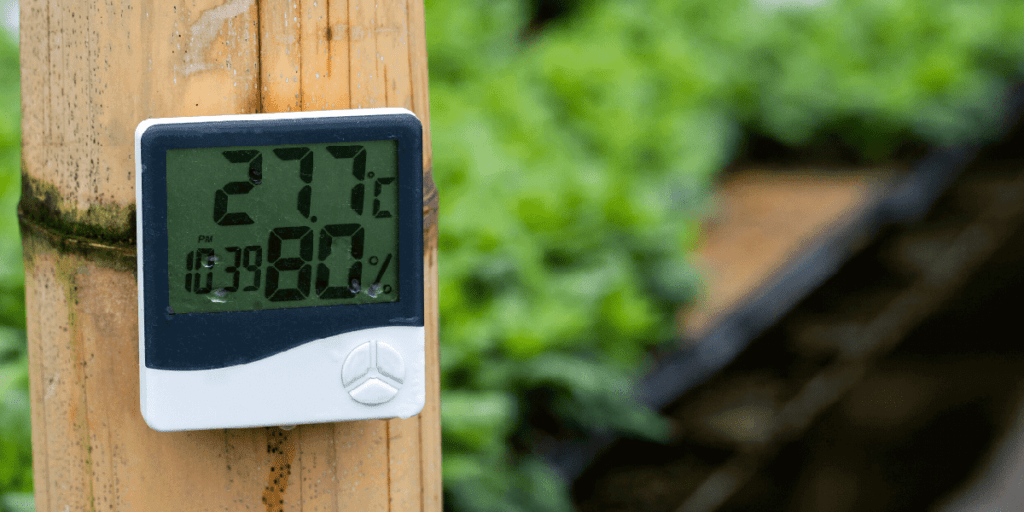
Vegetables can generally be grouped based on the amount of warmth they require for healthy development:
- Warm-season crops (e.g., cucumbers, tomatoes, peppers, eggplants) need high temperatures to thrive.
- Cool-season crops (e.g., cabbage, carrots, radishes, spinach) can tolerate lower temperatures.
- Frost-tolerant crops (e.g., garlic, cabbage varieties) can survive light frosts.
- Heat-tolerant crops (e.g., pumpkin, corn) are capable of withstanding high temperatures without a significant drop in yield.
How Temperature Affects Plants
Low temperatures can:
- Slow down seed germination
- Damage plant tissues
- Reduce enzyme activity, limiting growth
High temperatures can:
- Lead to moisture loss in plant tissues
- Reduce fruit quality—for example, causing bitterness in some vegetables
- Increase susceptibility to pests and diseases
Temperature Stress and Sudden Fluctuations
Sudden temperature changes can:
- Stress plants and slow their development
- Damage plant tissues, such as leaves and fruits
- Lead to lower yields
- In greenhouse crops, temperature fluctuations can interfere with pollination, especially in heat-loving crops like tomatoes.
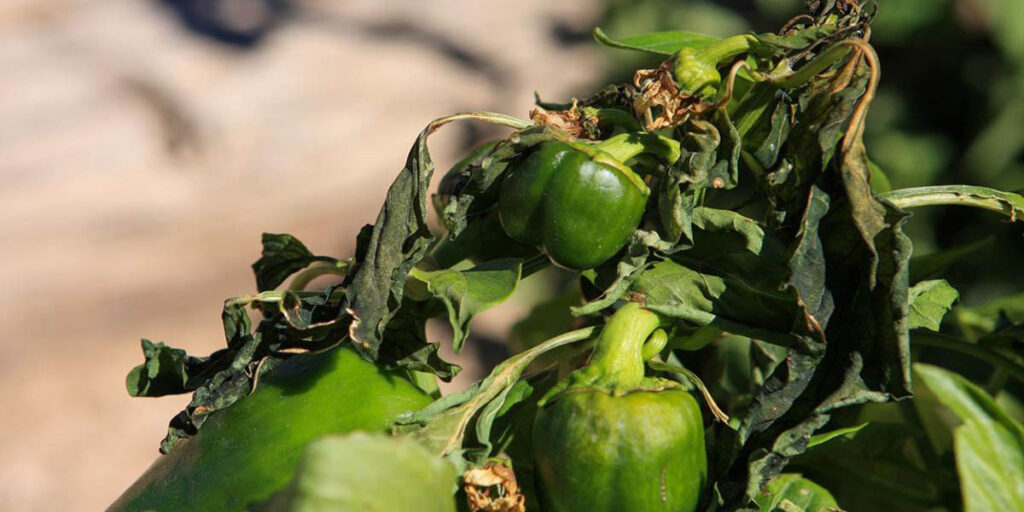
Seed Germination and Growth Temperature Chart
| Crop | Germination Temperature (°C) | Optimal Growth Temperature (°C) | Max Temperature (°C) | Min Temperature for Growth (°C) |
| Tomatoes | 15–30 | 20–25 | 30–35 | 10–12 |
| Cucumbers | 15–30 | 22–28 | 35 | 15 |
| Eggplants | 20–30 | 22–28 | 35 | 15 |
| Peppers | 20–30 | 22–27 | 35 | 15 |
| Cabbage | 8–10 | 15–20 | 30 | 5 |
| Carrots | 5–10 | 15–20 | 30 | 5 |
| Onions | 5–12 | 15–22 | 30 | 5 |
| Radishes | 2–5 | 10–18 | 25–30 | 2–3 |
| Potatoes | 8–12 | 15–22 | 25 | 7 |
| Lettuce | 5–8 | 15–18 | 25 | 5 |
| Spinach | 2–7 | 15–20 | 25 | 2 |
| Parsley | 2–5 | 15–20 | 30 | 5 |
| Dill | 2–5 | 15–18 | 30 | 2 |
| Beets | 10–15 | 18–22 | 30 | 10 |
| Zucchini | 15–25 | 20–25 | 30 | 12–15 |
| Pumpkin | 15–30 | 20–25 | 35 | 10 |
| Corn | 10–12 | 20–27 | 35 | 10 |
| Garlic | 0–5 | 15–20 | 30 | 0 |
How to Maintain Optimal Temperatures for Plant Growth
- Use greenhouses or cold frames to create a stable temperature environment, especially for warm-season crops.
- Avoid sudden temperature changes during the seedling stage, as this can stunt development.
- Maintain the right soil moisture levels for each crop to support healthy growth.
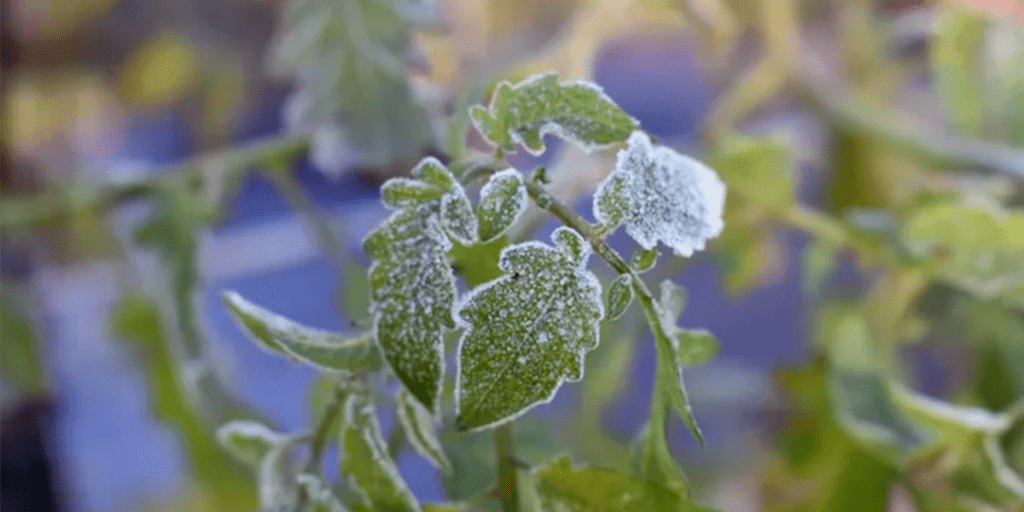
Ensuring your vegetables grow under the right temperature conditions is essential for achieving high-quality, abundant harvests. Understanding the ideal temperatures for seed germination and plant development allows you to create optimal conditions in your garden—helping you avoid many common problems and grow strong, productive crops.
If you have found a spelling error, please, notify us by selecting that text and pressing Ctrl+Enter.

